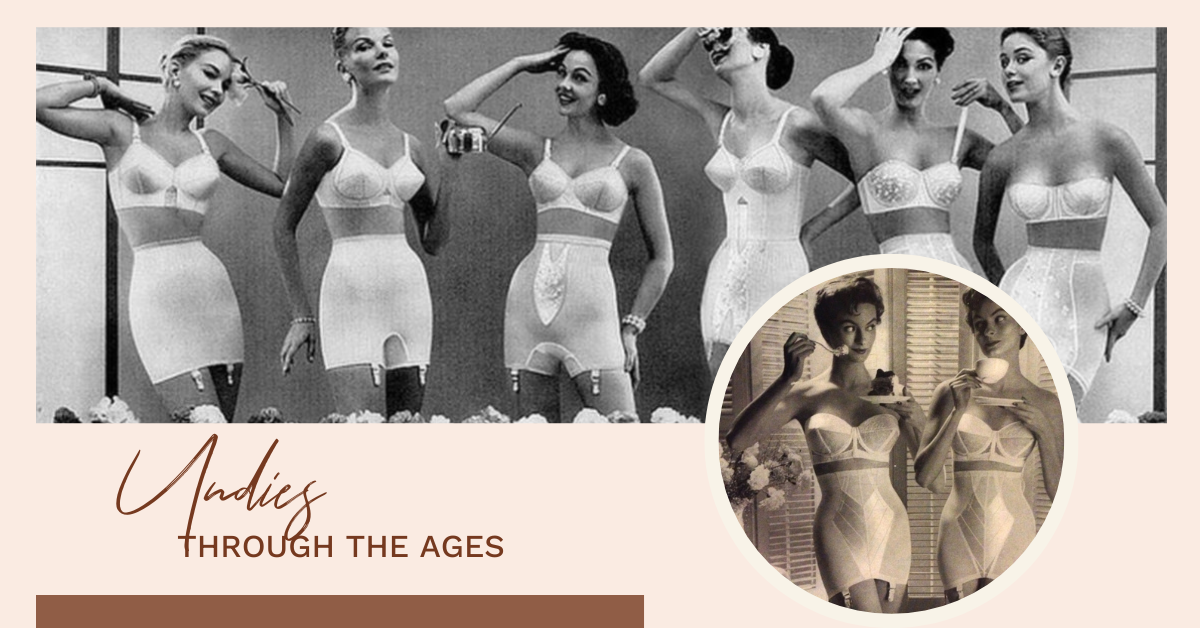
A Brief History of Women’s Underwear
The history of underwear is a fascinating journey that spans thousands of years. From basic garments meant for practical purposes to fashionable items, underwear has evolved significantly throughout human history. Here’s an overview of some key milestones:
1. Ancient Times
The earliest known form of underwear dates back to ancient times. In Egypt, loincloths made from linen were worn by both men and women to cover their private parts. Similarly, ancient Greeks and Romans also wore loincloths known as “subligaculum” or “subligaria.”
2. Middle Ages
During the Middle Ages, underwear began to take on different forms. Both men and women wore simple linen drawers or braies, which were loose-fitting and tied around the waist. These provided some modesty and were often the only layer between the body and outer clothing.
3. Renaissance and 16th Century
As fashion and tailoring techniques advanced, underwear in the form of shirts and shifts became more common. They were typically made of linen and served as a barrier between the body and outer garments, protecting the expensive clothing from sweat and body oils.
4. 18th Century
The 18th century brought significant changes to underwear.
The invention of the spinning jenny and the cotton gin made cotton fabric more
accessible and affordable. As a result, cotton became a popular material for
undergarments, and drawers and chemises made of cotton gained popularity.
5. 19th Century
The Victorian era brought a focus on modesty, and undergarments played a crucial role in shaping the silhouette. Corsets became a common undergarment for women, designed to cinch the waist and create an hourglass figure. Men, on the other hand, wore long, button-up underpants called “drawers.”
6. 20th Century:
The 20th century saw significant changes in underwear design
and materials. In the 1920s, the boyish silhouette became fashionable for
women, leading to the decline of corsets. Brassieres (bras) evolved to provide
more support and comfort. In the 1930s, elastic fabrics like rayon and nylon
were introduced, revolutionizing underwear manufacturing.
7. Mid to Late 20th Century
The 1950s saw the rise of bikini-style underwear for women,
featuring a low-cut leg and higher waist. The 1960s brought a cultural
revolution, and underwear began to reflect the changing attitudes towards
sexuality and fashion. The development of stretchy, synthetic materials like
Lycra in the 1960s and 1970s led to the popularity of more form-fitting and
comfortable underwear.
8. Modern Times
In recent decades, there has been an explosion of underwear styles and designs. From thongs to boxer briefs, from shapewear to seamless undergarments, there is now a wide variety of choices available for both men and women. Additionally, sustainable and eco-friendly materials have gained popularity as environmental awareness has increased.
Overall, the history of underwear is intertwined with shifts in societal norms, technology, and fashion trends, reflecting the changing attitudes towards comfort, modesty, and personal expression.





Leave a Reply